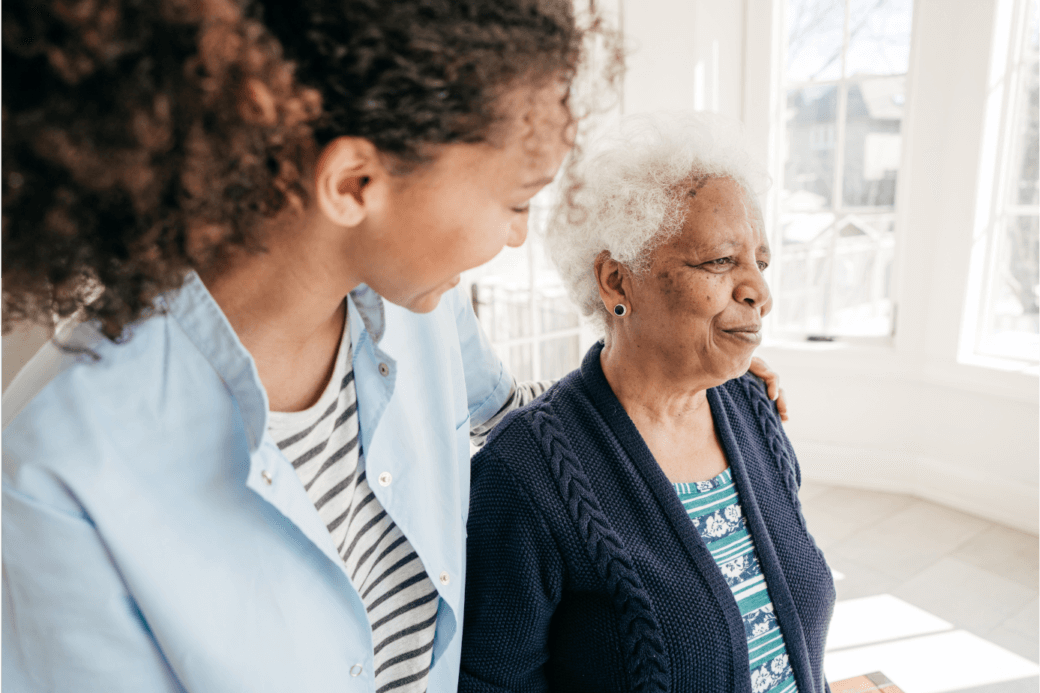Understanding family members’ grief for a living loved one

Individuals can mourn someone who is still alive, often due to an illness such as late-stage cancer or dementia. Women, the traditional caregivers, often feel this emotional pain the most. One would think that the pain of long-term grief would subside, but many times, it does not. It can actually get much harder, as is often the case with Alzheimer’s caregivers. As caregivers, they have often lost their own identity and no longer engage in activities that would make them happy.
Key Takeaways:
- The symptoms of grief for people who have a loved one facing an illness that limits their lives tend to change over time.
- Pre-loss grief tends to be very high in these cases because with a disease such as Alzheimer’s, it actually gets tougher and tougher as time goes on.
- The family members are often struggling. Having to be a caregiver plays a significant role in that struggle.
“Participants reported similar symptoms no matter how long they had been living with the knowledge that their loved one had a life-limiting illness – another surprising finding for Jonathan Singer, lead author of the study and a clinical psychology intern in psychiatry and behavioral health at The Ohio State University.”
Read more: https://news.osu.edu/understanding-family-members-grief-for-a-living-loved-one/






Leave a Comment